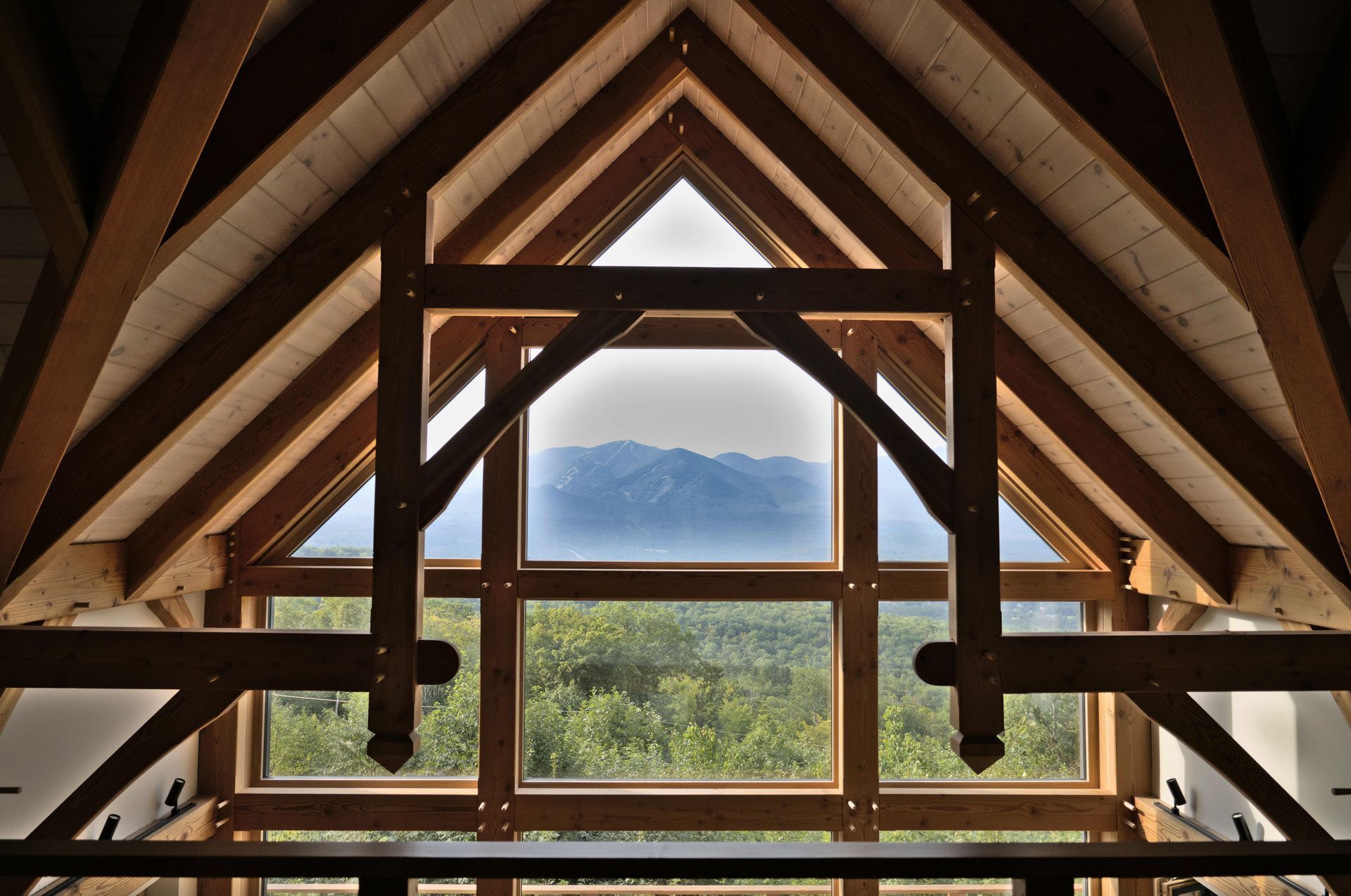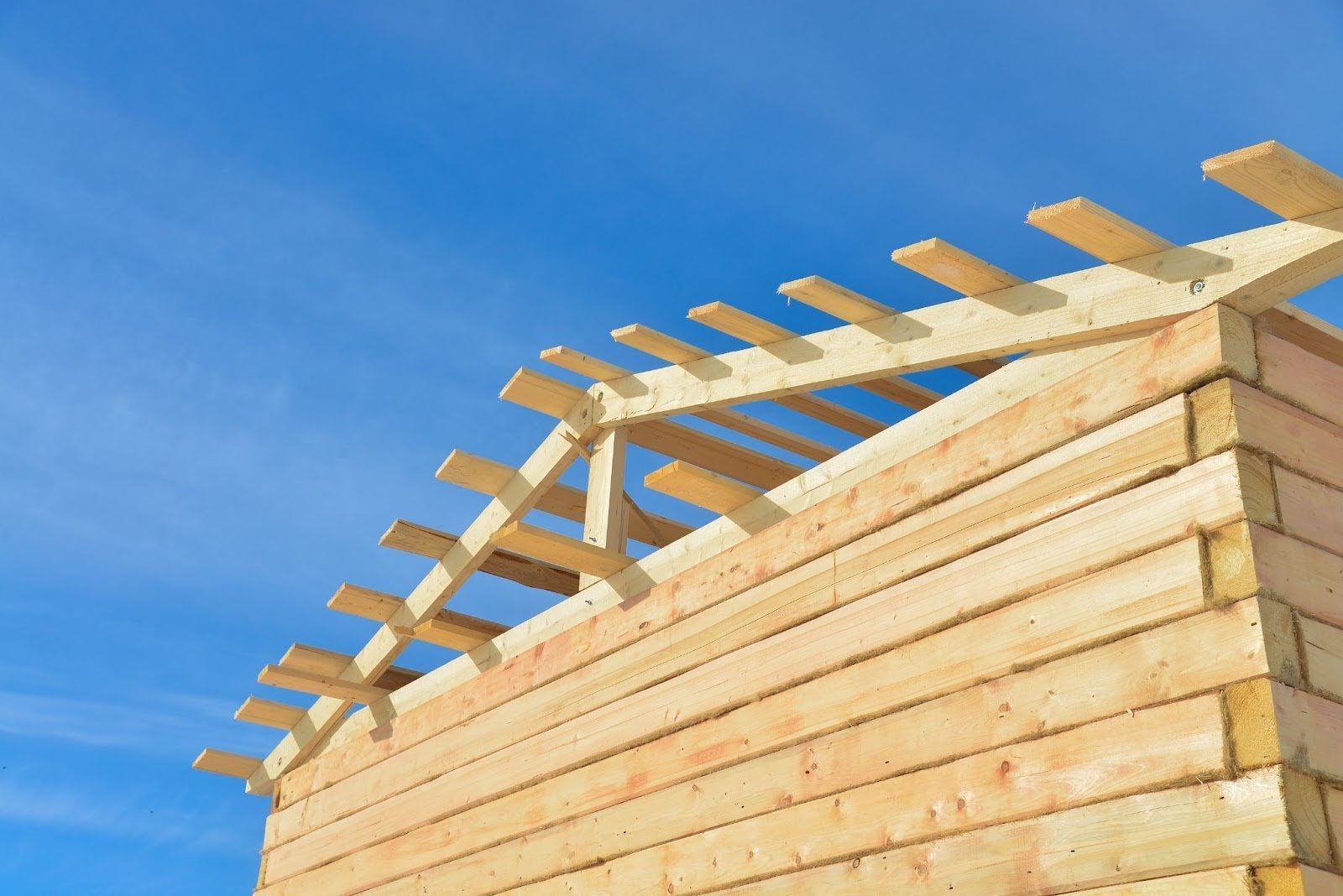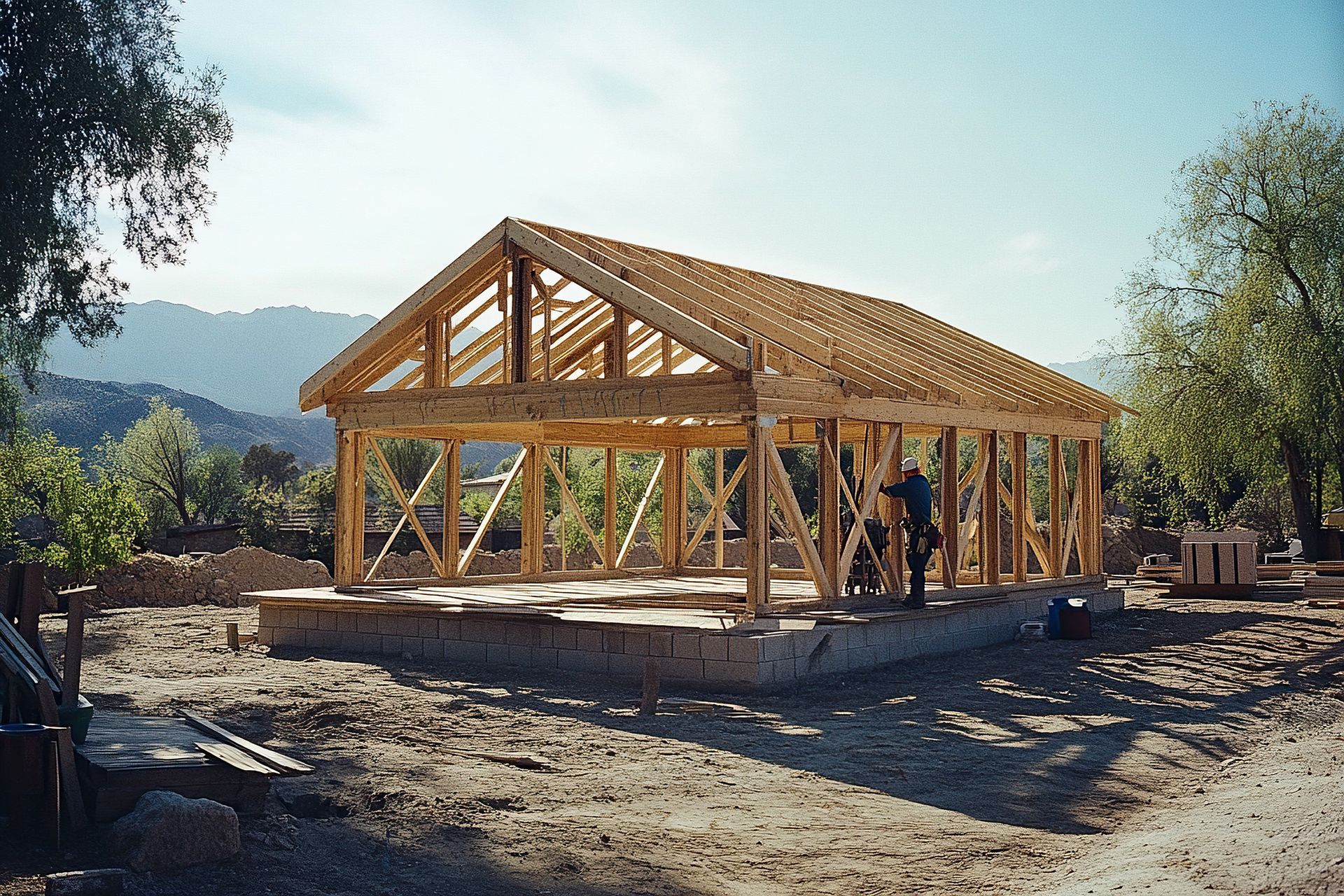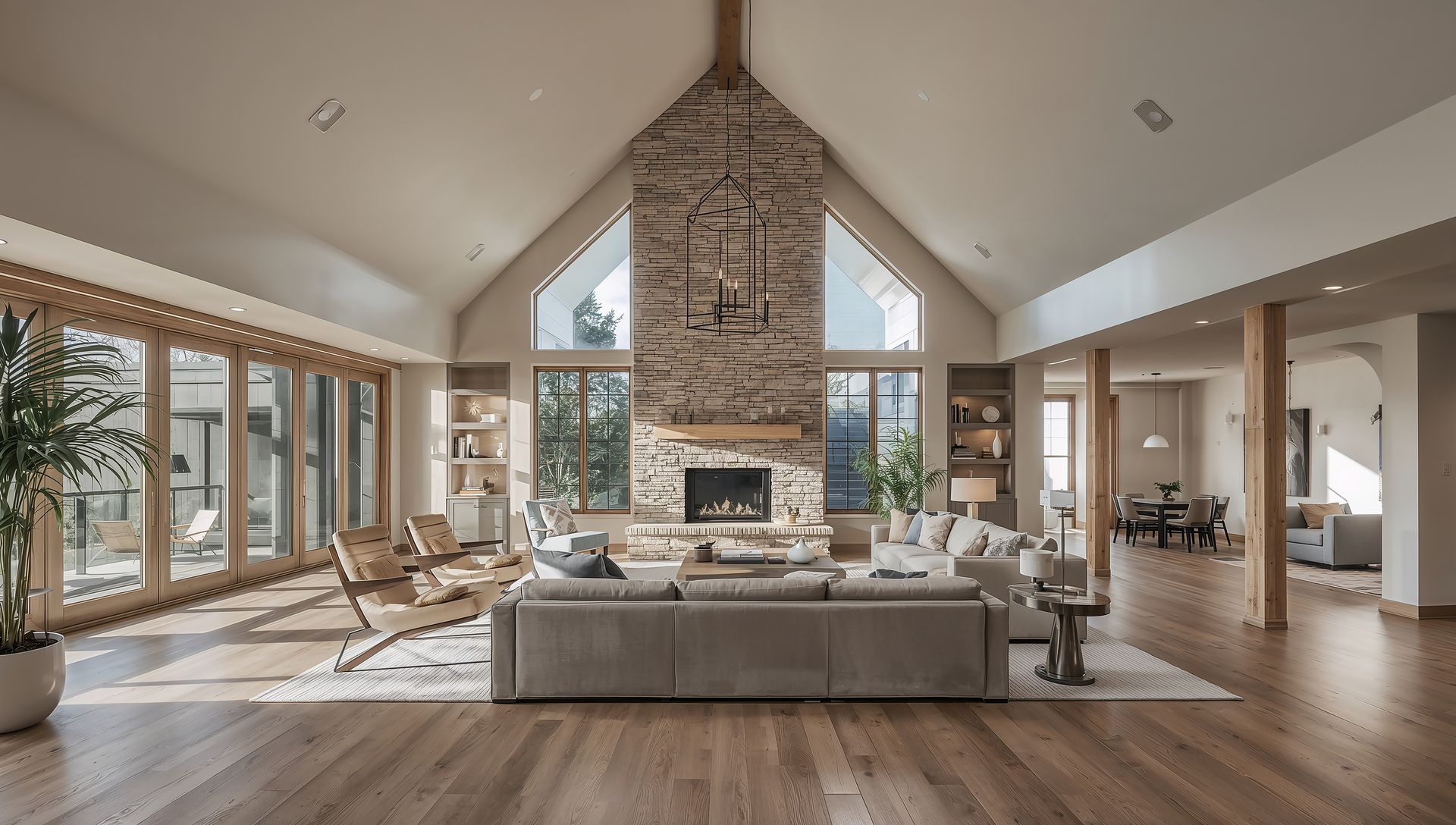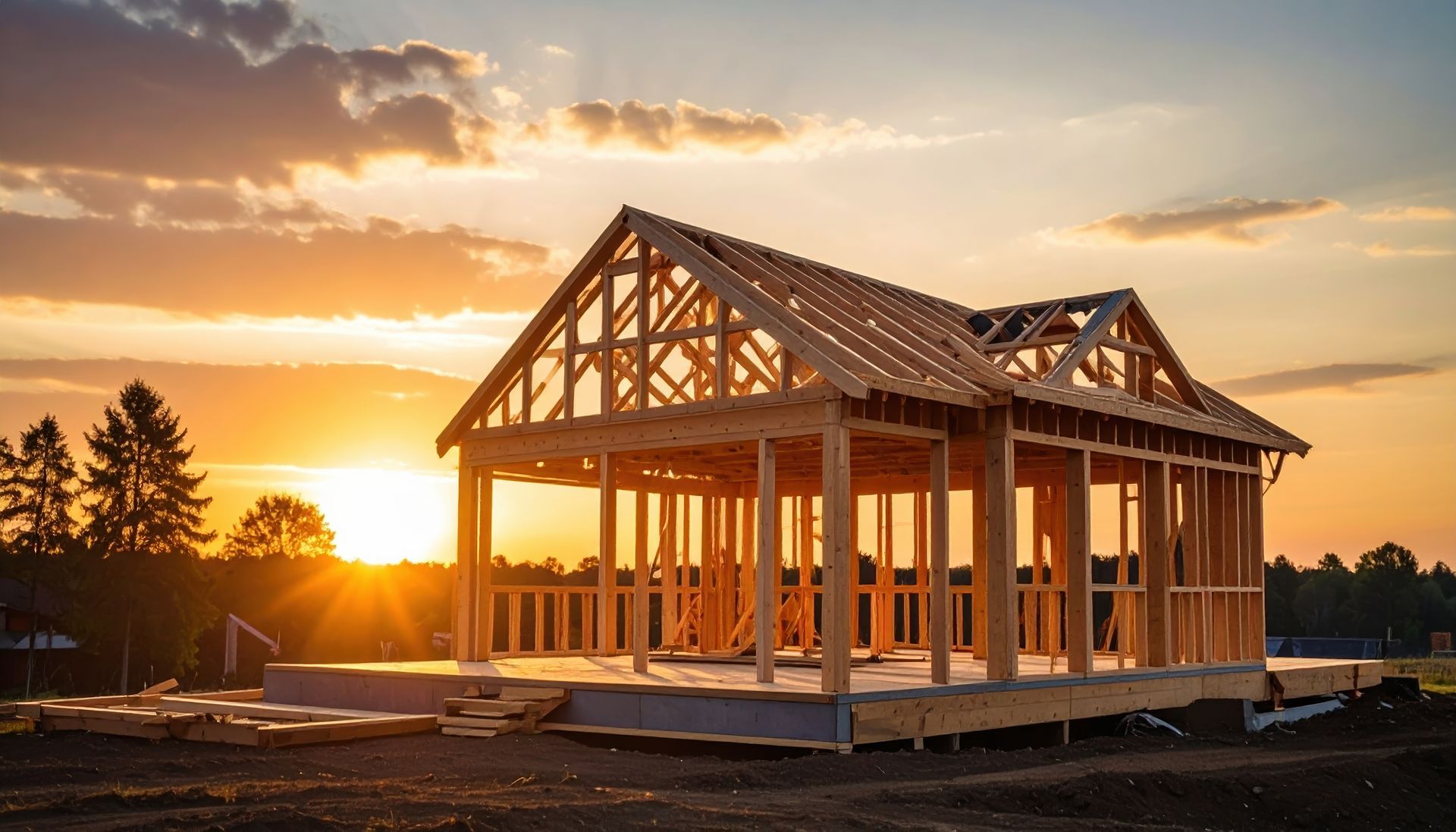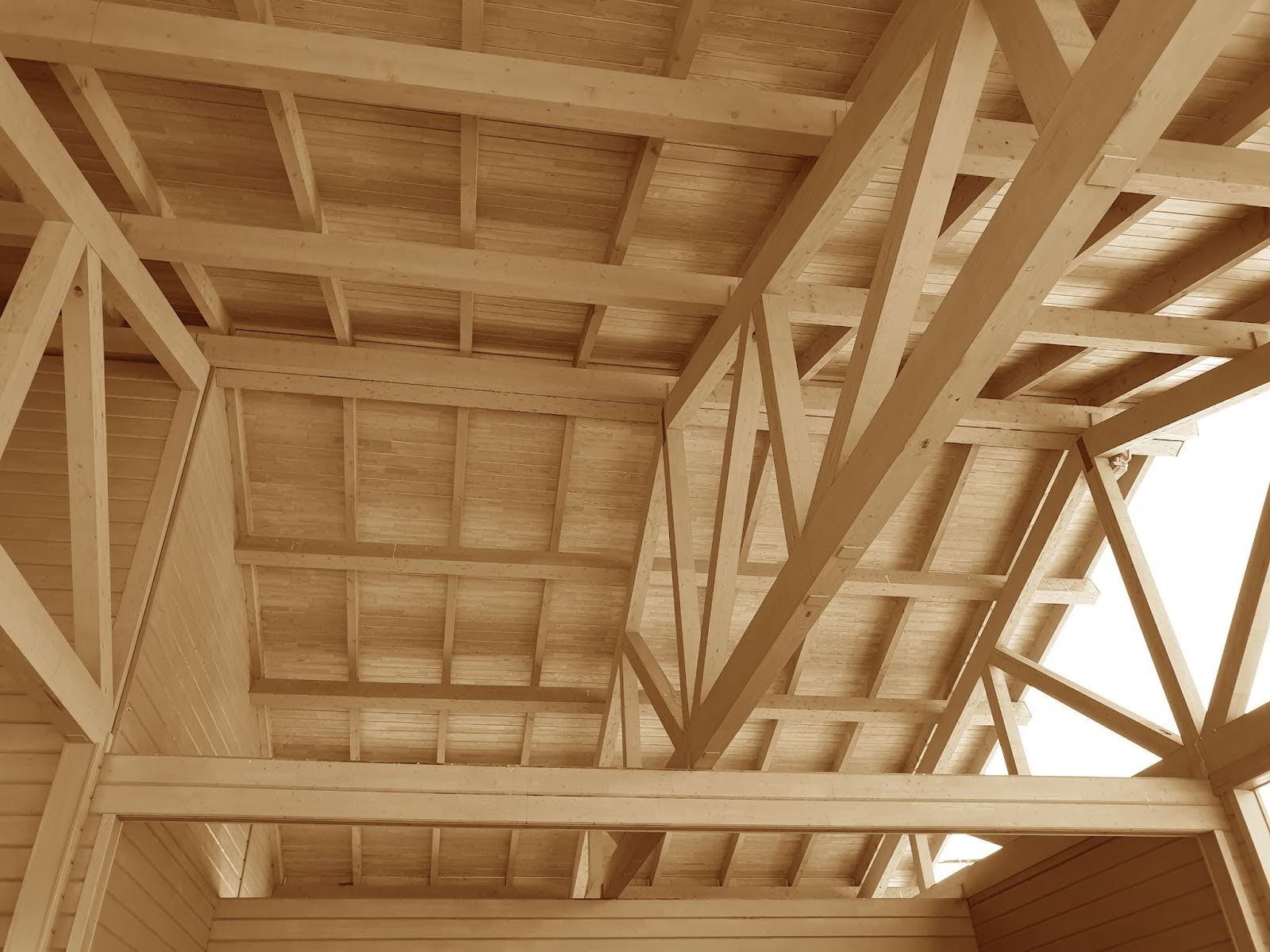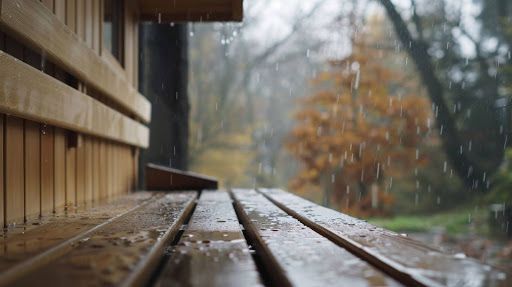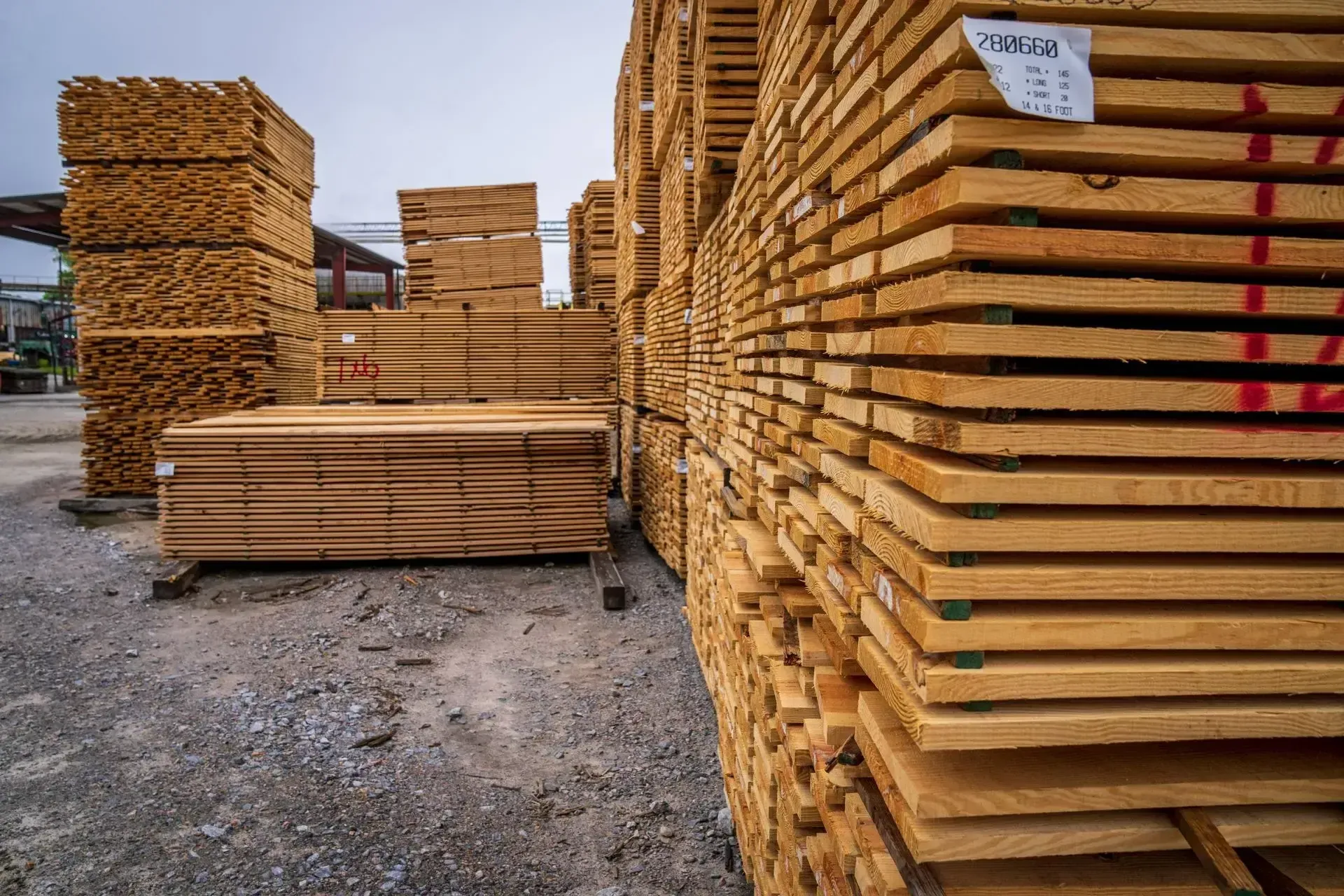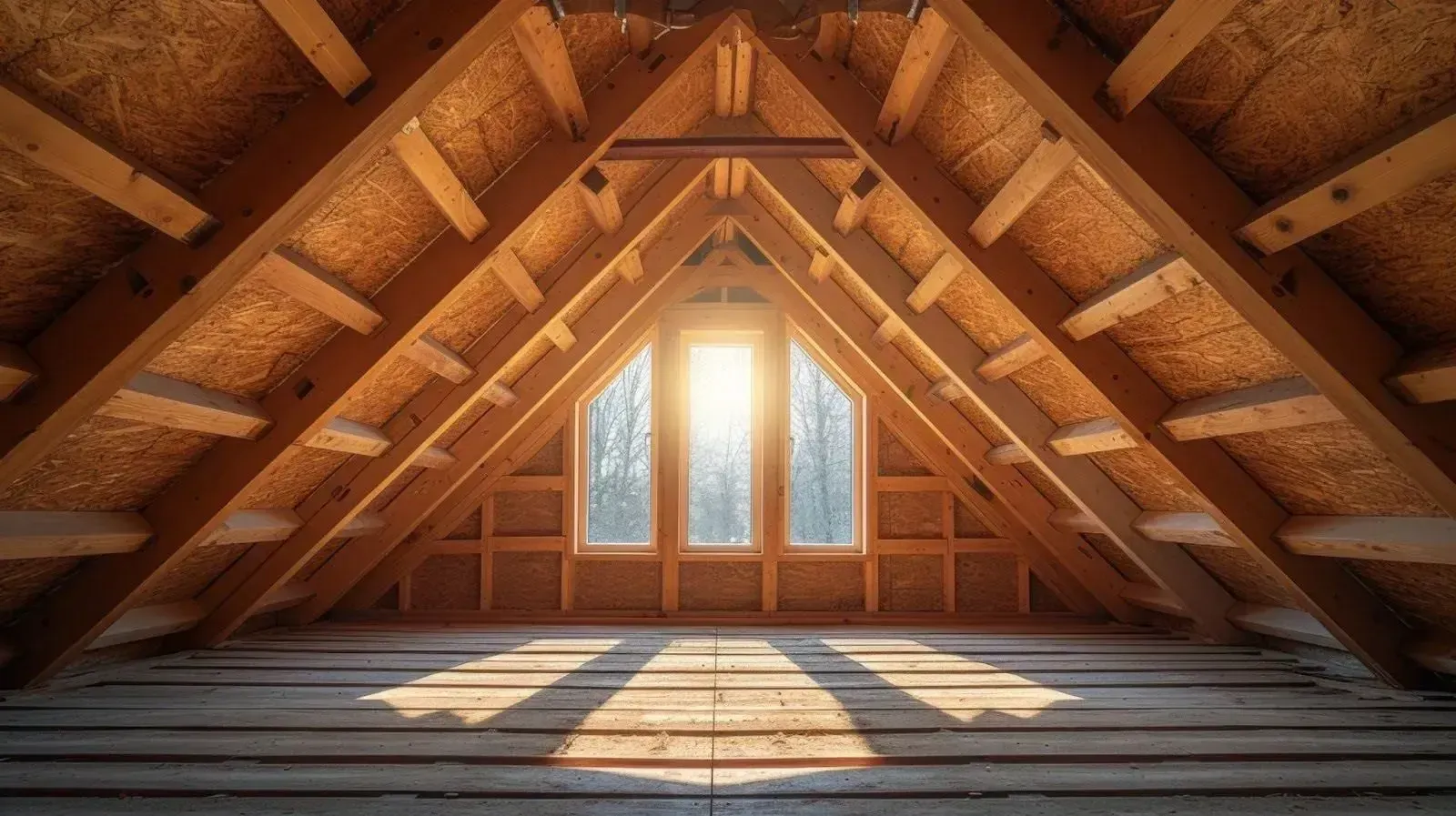Understanding the Lumber Market: What Affects the Price of Wood?
The lumber market can sometimes feel like a rollercoaster, with prices rising and falling in ways that aren’t always easy to predict. For contractors, builders, and homeowners across California, understanding what drives these changes is key to making smart purchasing decisions and planning for future projects. At Ramona Lumber Co., we believe that knowledge is power—so let’s take a close look at the economic, political, and logistical factors that shape the cost of wood and what they mean for you.
The Economics of Lumber: Supply and Demand at the Core
At its heart, the price of lumber is shaped by the same forces that drive most markets: supply and demand. When demand for wood products grows—whether due to a housing boom, increased renovations, or disaster recovery—prices tend to rise. Conversely, if demand softens or supply surges, prices may fall. New residential construction is a major driver of lumber consumption in the United States. California, with its robust housing market and frequent wildfires that require rebuilding, plays a significant role in national trends.
But supply is not simply a matter of counting trees. The lumber market depends on a complex chain of activities, from logging to sawmilling to distribution, all of which can be affected by broader economic forces and unexpected disruptions.
Forestry Policies and Sustainable Harvesting
Government policies and regulations play a pivotal role in determining how much lumber reaches the market. In California, strict state forestry regulations are in place to ensure sustainable harvesting practices, protect wildlife habitats, and reduce wildfire risk. These regulations can sometimes limit the amount of timber that can be harvested, affecting local supply.
National policies, too, have a significant impact. For example, restrictions on logging in certain federal forests or changes in land use policy can shift the balance of supply and demand. These rules are designed to safeguard the environment and promote long-term forest health, but they also mean that the supply side of the lumber market is more tightly controlled than many other commodities.
Supply Chain Disruptions: From Forest to Construction Site
The journey from forest to finished product is long and can be disrupted at several points. The COVID-19 pandemic provided a clear example of how global events can ripple through the lumber supply chain. Mill shutdowns, labor shortages, and transportation bottlenecks all contributed to a historic surge in prices in recent years. Even as the world has adjusted, lingering effects continue to influence the market.
Natural disasters, such as wildfires and hurricanes, can also disrupt supply by damaging forests, sawmills, and transportation routes. In California, wildfires not only impact timber resources but also drive up demand for rebuilding materials, creating a double impact on prices.
Trade Tariffs and International Markets
The lumber market is global, with significant volumes of wood traded between countries. For many years, tariffs on Canadian softwood lumber imports have been a major source of price volatility in the U.S. market. Tariffs can increase the cost of imported lumber, reducing supply and driving up prices for American consumers and builders.
International markets also play a role. When demand in Asia or Europe rises, American producers may ship more lumber overseas, tightening domestic supply. Conversely, global economic slowdowns can lead to decreased exports and more stable prices at home.
California Market Trends: What Sets the Golden State Apart?
California’s lumber market is unique, shaped by its geography, regulations, and housing demand. The state’s strict building codes and focus on wildfire-resistant construction have increased demand for certain types of lumber and building materials. Rebuilding after wildfires often leads to localized spikes in demand, which can influence prices statewide.
At Ramona Lumber Co., we watch these trends closely to help our customers plan ahead. Whether you’re a contractor working on a large development or a homeowner planning a remodel, staying informed about these California-specific factors can help you anticipate price changes and secure the materials you need.
Looking Ahead: Forecasting the Lumber Market
While predicting the future is never easy, several indicators can help buyers make informed decisions. Housing starts are a reliable signal of future lumber demand. Tracking regulatory changes, especially those related to forest management and wildfire prevention in California, can also provide clues about future supply conditions.
For those planning major projects, it makes sense to consult with local suppliers who have their finger on the pulse of the market and can offer advice on timing and availability. Staying flexible and proactive is the best way to navigate a market that is always evolving.
Resources for Staying Informed
If you want to keep up with changes in the lumber market, there are several reputable sources to consult. The Random Lengths publication tracks wholesale lumber prices and offers analysis on market trends, while the National Association of Home Builders provides insight into housing demand and construction activity.
At Ramona Lumber Co., we are committed to keeping our customers informed and empowered. Whether you’re a seasoned contractor or a first-time homebuilder, understanding the forces behind lumber prices puts you in a stronger position to plan, budget, and succeed.
Ready to learn more or place your next lumber order? Visit us at Ramona Lumber Co. or contact our team for personalized service and expert advice.
